Hot Products
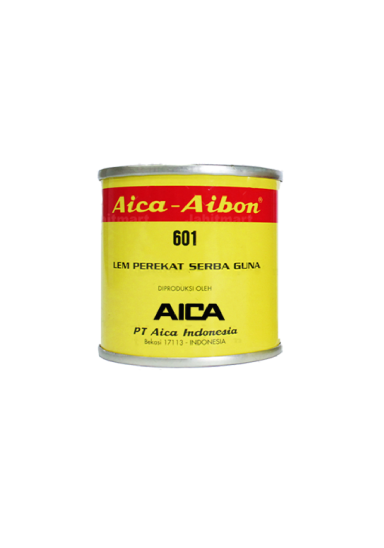
Aibon 601 (70 gr)
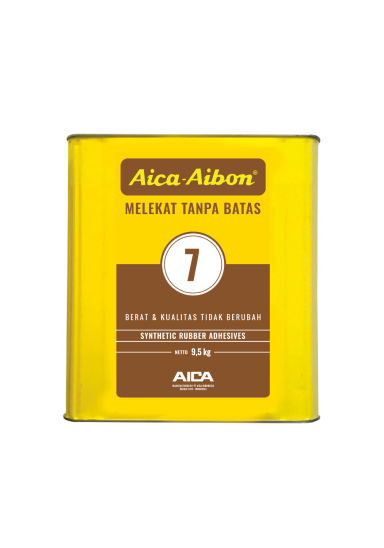
Aibon 7 (9.5 kg)
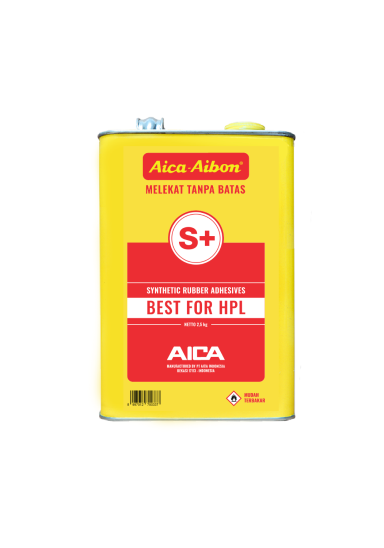
Aibon S+ (2.5 kg)
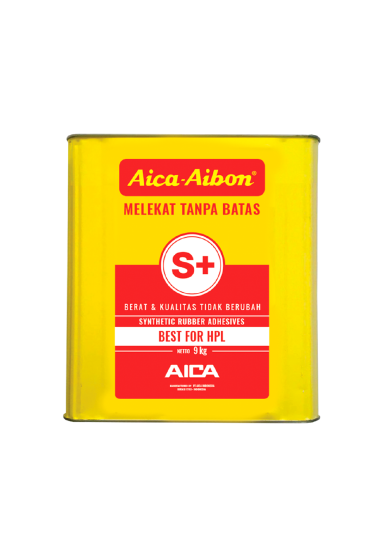
Aibon S+ (9 kg)

HAK-14038-ZM83
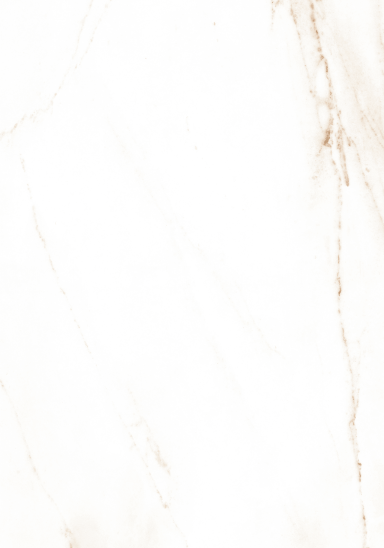
XKAF-14198-ZMN
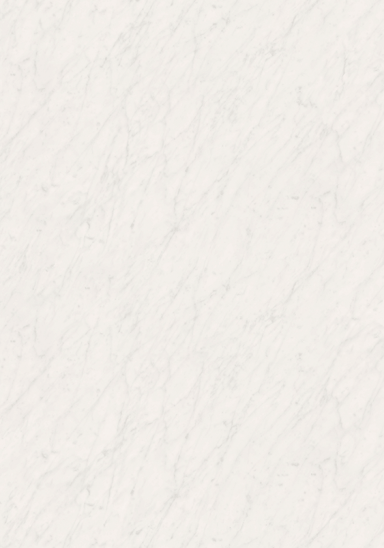
XKAF-14038-ZMN

XKAF-14040-ZMN
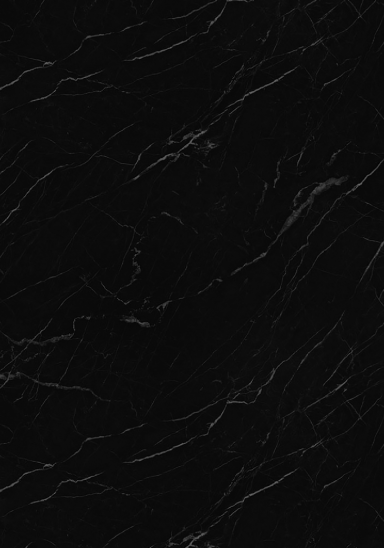
XKAF-14146-ZMN
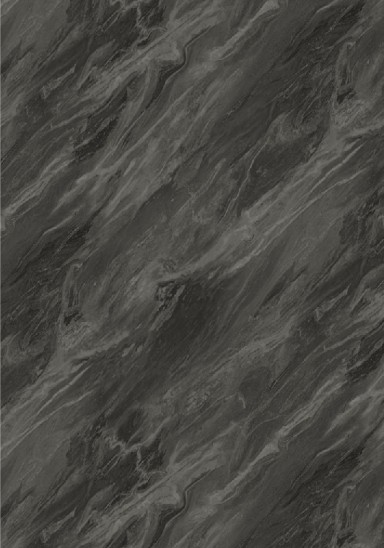










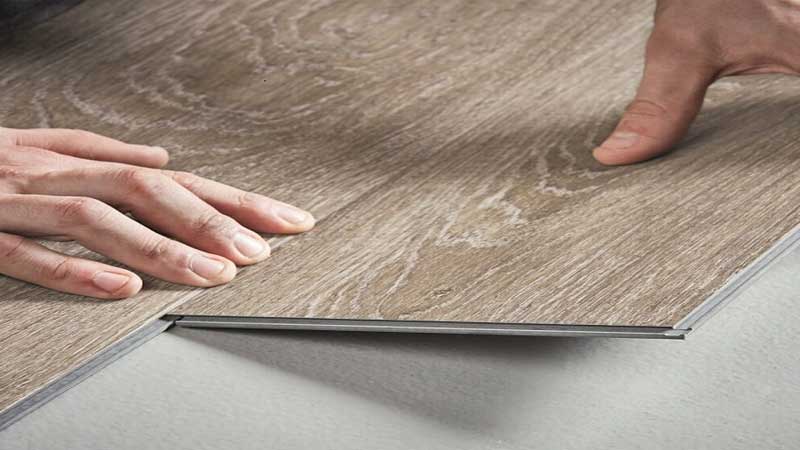
When it comes to choosing the right flooring for your home or commercial space, two top contenders often come to mind are SPC (Stone Plastic Composite) flooring and vinyl flooring. Both are popular choices thanks to their aesthetic appeal, easy installation, and impressive durability. However, there are key differences between SPC and vinyl that you should consider before making your decision. Curious? Keep reading this article as we dive into the differences between SPC and vinyl flooring!
SPC flooring is made from a combination of limestone powder, PVC, and stabilizers, compressed through an extrusion process. The result is a highly rigid and durable material that can withstand heavy loads. Vinyl flooring, on the other hand, is typically made of 100% PVC, giving it a softer and more flexible structure. If you're looking for something solid and long-lasting, SPC flooring is the better choice in terms of strength. But if comfort underfoot is your top priority, vinyl might suit you better.
SPC is known for its superior resistance to scratches, impact, moisture, and temperature changes. This makes it ideal for high-traffic areas like kitchens, living rooms, or commercial spaces. While vinyl is also quite durable, its softer composition makes it more vulnerable to dents and damage from heavy or sharp objects. For rooms prone to frequent use or water exposure like kitchens, dining areas, bathrooms, or bedrooms, SPC flooring is a more resilient and long-lasting option.
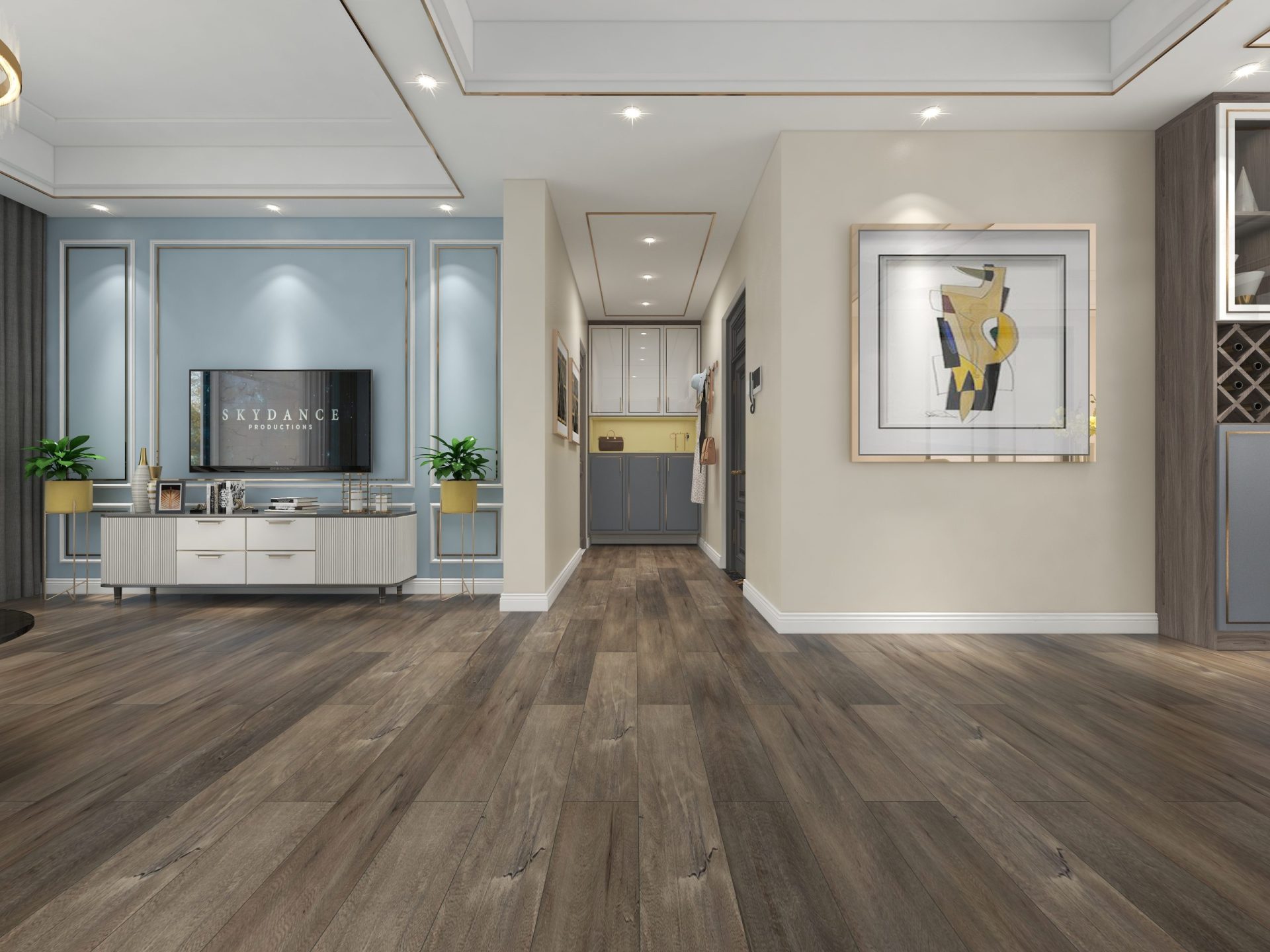
Vinyl flooring feels warmer and softer underfoot, making it a great choice for bedrooms and relaxation areas. It also provides excellent sound insulation. However, thanks to modern technology, many SPC floors now come with built-in underlayment layers that enhance comfort and reduce noise, closing the gap in foot feel between the two. While vinyl excels in softness, SPC with underlayment offers comfort with added toughness. However, when it comes to looks, both SPC and vinyl are available in a wide range of patterns, colors, and textures including realistic wood, stone, and modern designs, thanks to high-resolution printing technology that closely mimics natural materials.
Both flooring types feature a click-lock system, allowing for quick and mess-free installation, no glue or nails required. Maintenance is just as easy: regular sweeping and damp mopping will keep your floors looking great.
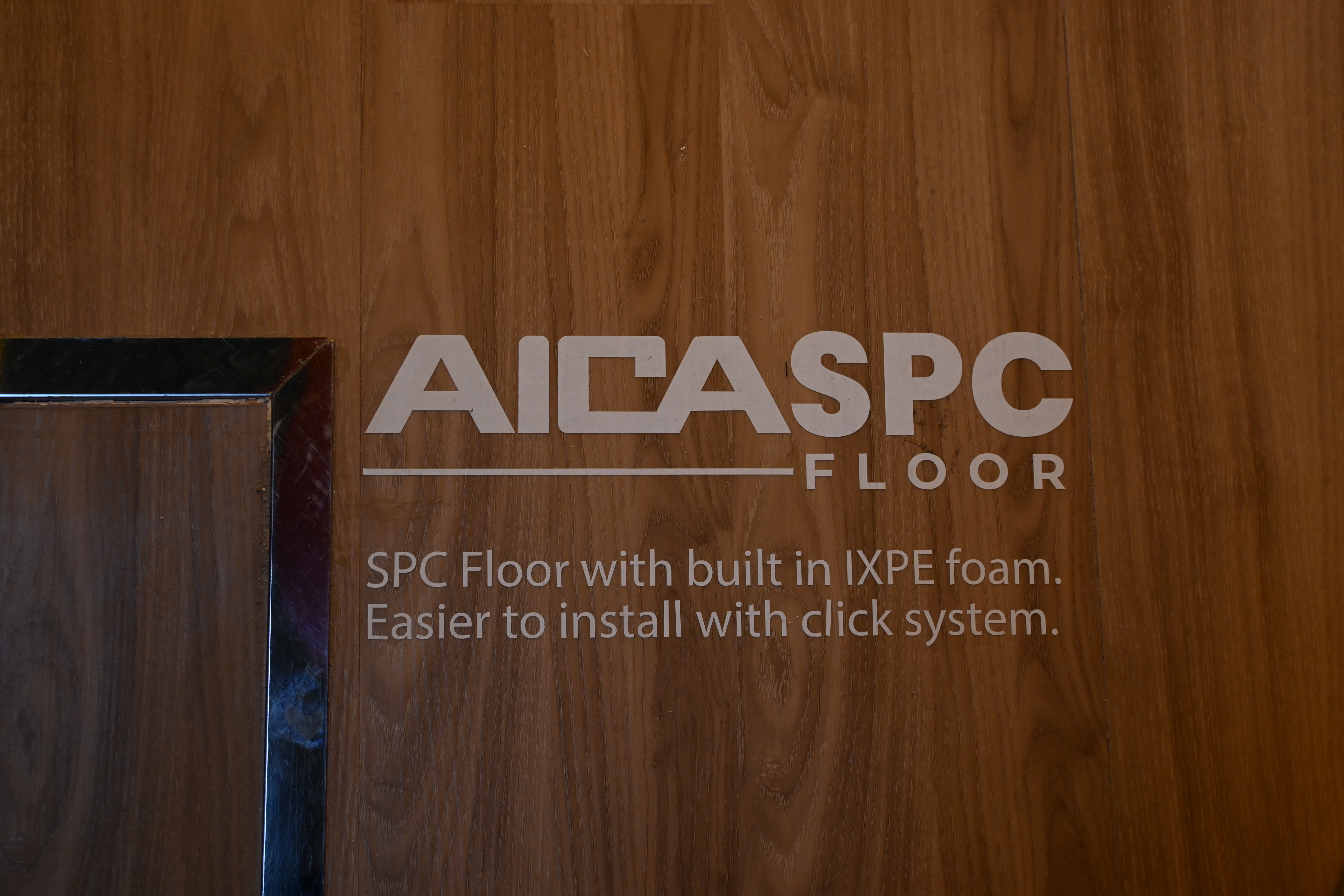
However, the best flooring choice depends on your specific needs and preferences. If you're thinking about replacing your home’s ceramic tiles with SPC flooring, here’s some great news! Aica is about to launch AICA SPC, specially designed to meet your home’s every need. With a total thickness of 6mm, including a 1.5mm IXPE foam underlayer, AICA SPC makes floor renovation easy and hassle-free. Thanks to its click-lock installation system, no glue is needed, making it quicker, cleaner, and more convenient. To elevate your home's aesthetic, AICA SPC also comes in a variety of stunning wood grain patterns, perfect for building a strong, stylish, and comfortable foundation for your dream home.
SHARE